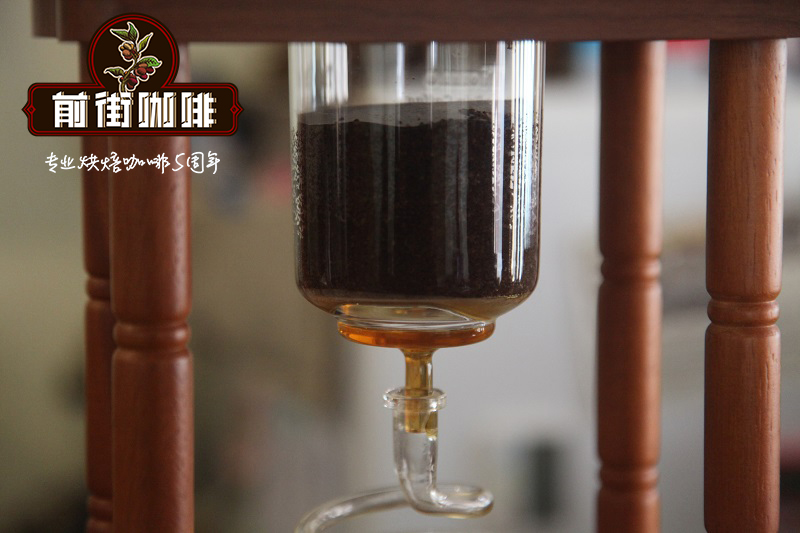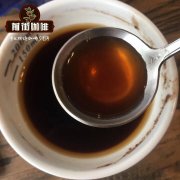Introduction of coffee producing areas in Tolima Province, Colombia | introduction to the flavor characteristics of coffee in Tolima

Tolima is the third largest coffee producing region in Colombia, accounting for 12 percent of the country's annual output. The area is located in west-central Colombia and is completely engraved by the Andes and the Magdalena River basin, which makes it quite remote and inaccessible. Until recently, many coffee-growing areas were considered dangerous because of the presence of the Revolutionary Armed Forces of Colombia. Today, Tolima's FARC presence has fallen sharply, making it easier for people to get these nutty, fruity and creamy coffee.
ASOPEP (Planadas Organic producers Association) is located in the province of Tolima, Colombia, which is the birthplace of some top coffee. Planadas is a small city at the southernmost tip of Tolima. The association has 162 families and together grows about 1000 acres of coffee fields. Planadas is a young town officially founded at the age of 50, mainly from settlers in Antioquia and other coffee areas of Huila. From this organic product, it is obvious that the direct planting area has ideal coffee growing conditions.
The association itself is young and was founded in 2013. Its mission statement is: "to be an association that creates opportunities for personal growth of its members, protects the environment, innovates in business processes, and is always in the vanguard of the association." Specialty coffee producers around the world. "
Fermentation is a traditional method. In the sink, once the peel is removed, the coffee stays for 16-18 hours until the mucus can be washed away. It is then fully washed and distributed to dry, mainly in the case of sunshine, but not in the case of conditions, in the small bag of melon in the low temperature drying furnace. Most producers prefer sun-dried coffee dried on a terrace or on an African viaduct.
Country: Colombia
Department: Tolima
Municipality: Prada Das and Ataco
Total crop area: 400ha (a total of about 1000 acres)
Altitude: 1600-2100 m; 5250-6900 ft
Process: full washing
Variety: Castillo (20%) Katula (50%) Colombia (25%) Typica
Association Family: 162
Organic Certification: USA (NOP / USDA)
Glass test features: citrus and floral aromas, orange and lemon peel, lingering finish. It has a moderately high acidity, a smooth body, a good sweetness, and is very balanced and uniform.
Important Notice :
前街咖啡 FrontStreet Coffee has moved to new addredd:
FrontStreet Coffee Address: 315,Donghua East Road,GuangZhou
Tel:020 38364473
- Prev

Introduction of coffee producing areas in Cauca Valley, Colombia | what are the flavor characteristics of coffee in Cauca Valley?
People who know and love coffee already know a lot about Colombian coffee. Colombia has become the third largest coffee producer in the world, after Brazil and Vietnam. But interestingly, it is the largest producer of Arabica coffee, a plant that is the source of all high-end Western coffee. Colombian coffee has several special names because of its quality.
- Next

Introduction of Santuario Coffee producing area in Colombia | Coffee processing Technology of Santuario
Santuario is a town in Risaralda province, Colombia. The town is located in the eastern part of the western mountain range of Cordillera, which extends from the north of Antioquia to the border with Ecuador. The town was founded in 1886 and agriculture provides economic power for the area. The high green hills provide an ideal place for coffee production.
Related
- Detailed explanation of Jadeite planting Land in Panamanian Jadeite Manor introduction to the grading system of Jadeite competitive bidding, Red bid, Green bid and Rose Summer
- Story of Coffee planting in Brenka region of Costa Rica Stonehenge Manor anaerobic heavy honey treatment of flavor mouth
- What's on the barrel of Blue Mountain Coffee beans?
- Can American coffee also pull flowers? How to use hot American style to pull out a good-looking pattern?
- Can you make a cold extract with coffee beans? What is the right proportion for cold-extracted coffee formula?
- Indonesian PWN Gold Mandrine Coffee Origin Features Flavor How to Chong? Mandolin coffee is American.
- A brief introduction to the flavor characteristics of Brazilian yellow bourbon coffee beans
- What is the effect of different water quality on the flavor of cold-extracted coffee? What kind of water is best for brewing coffee?
- Why do you think of Rose Summer whenever you mention Panamanian coffee?
- Introduction to the characteristics of authentic blue mountain coffee bean producing areas? What is the CIB Coffee Authority in Jamaica?

